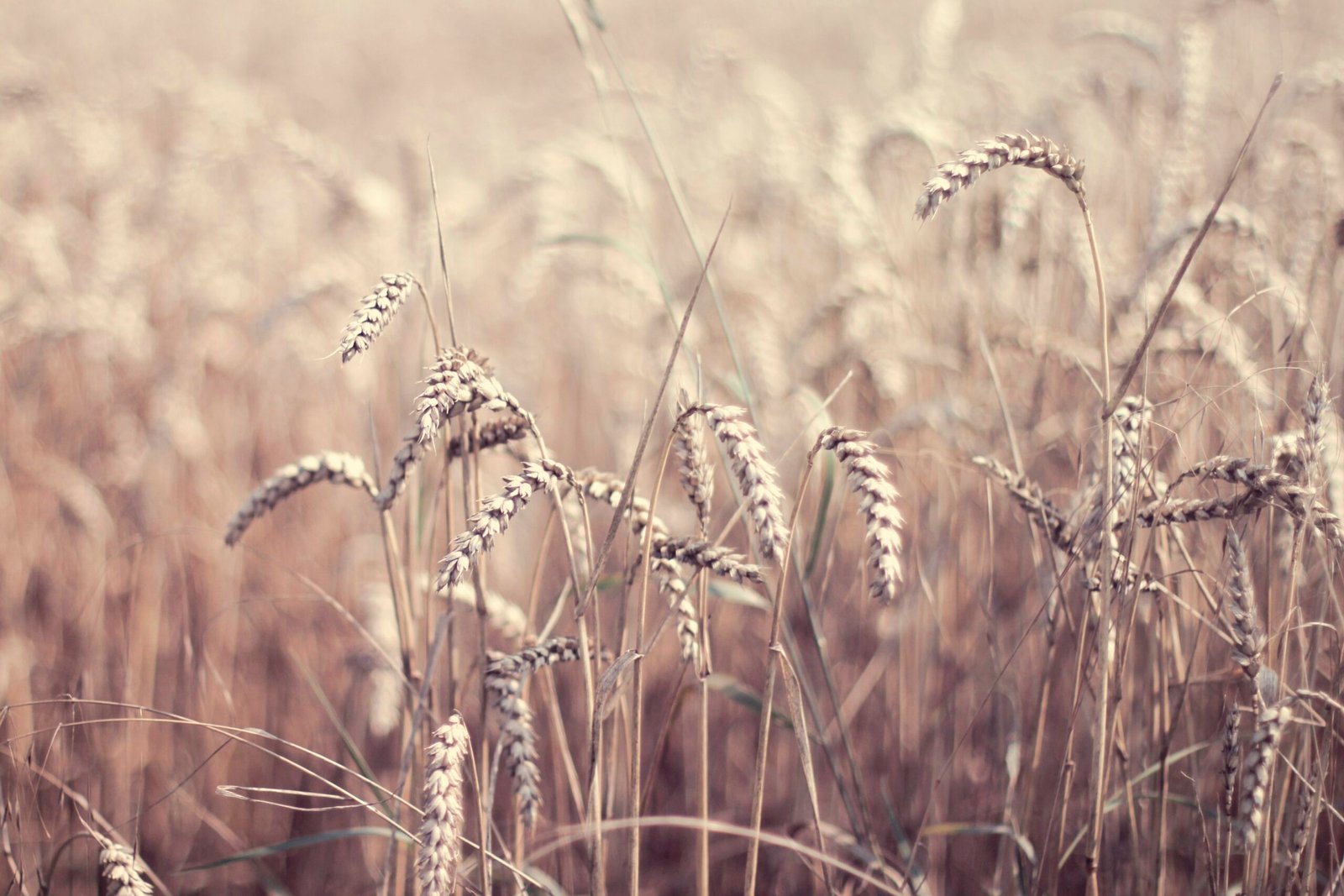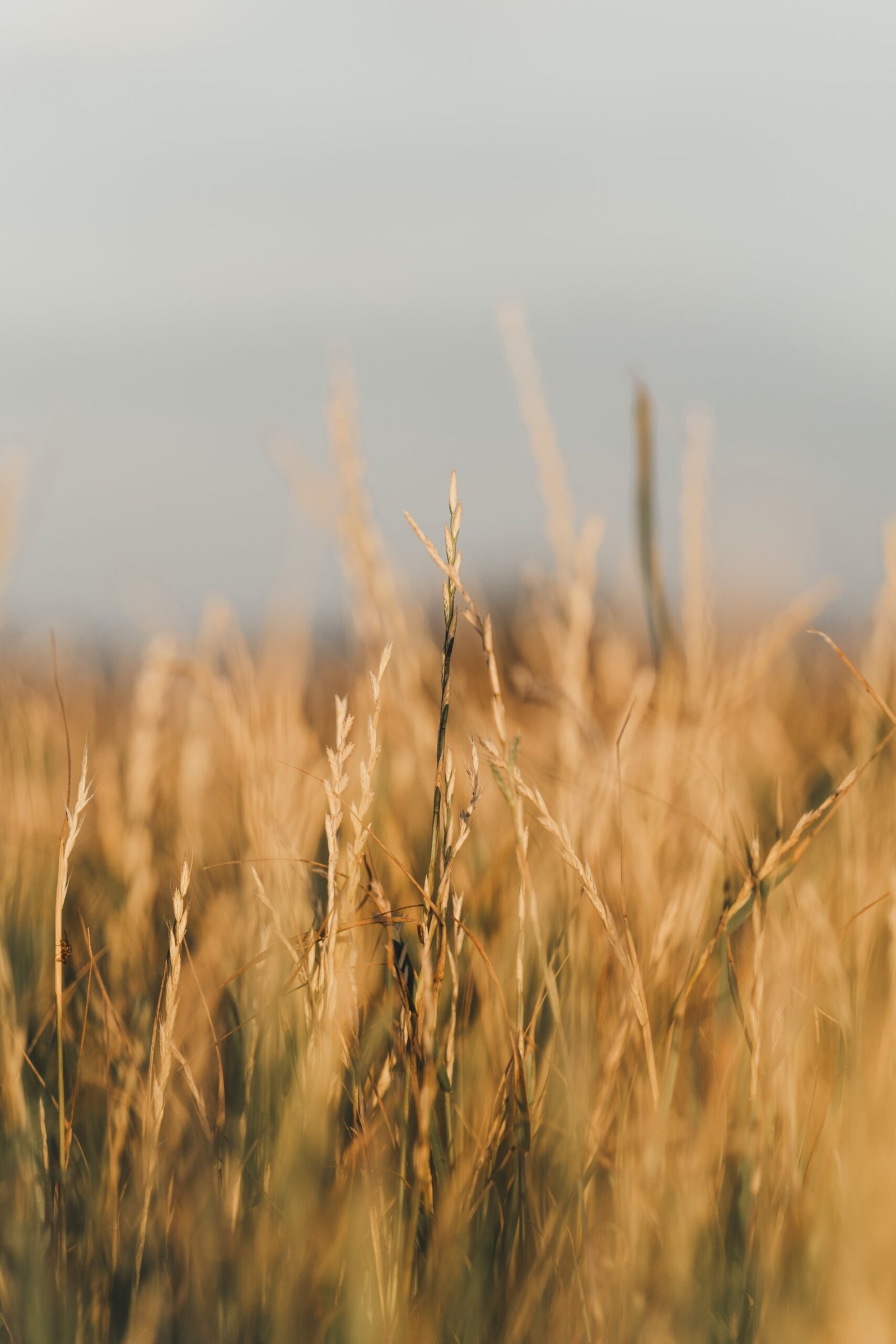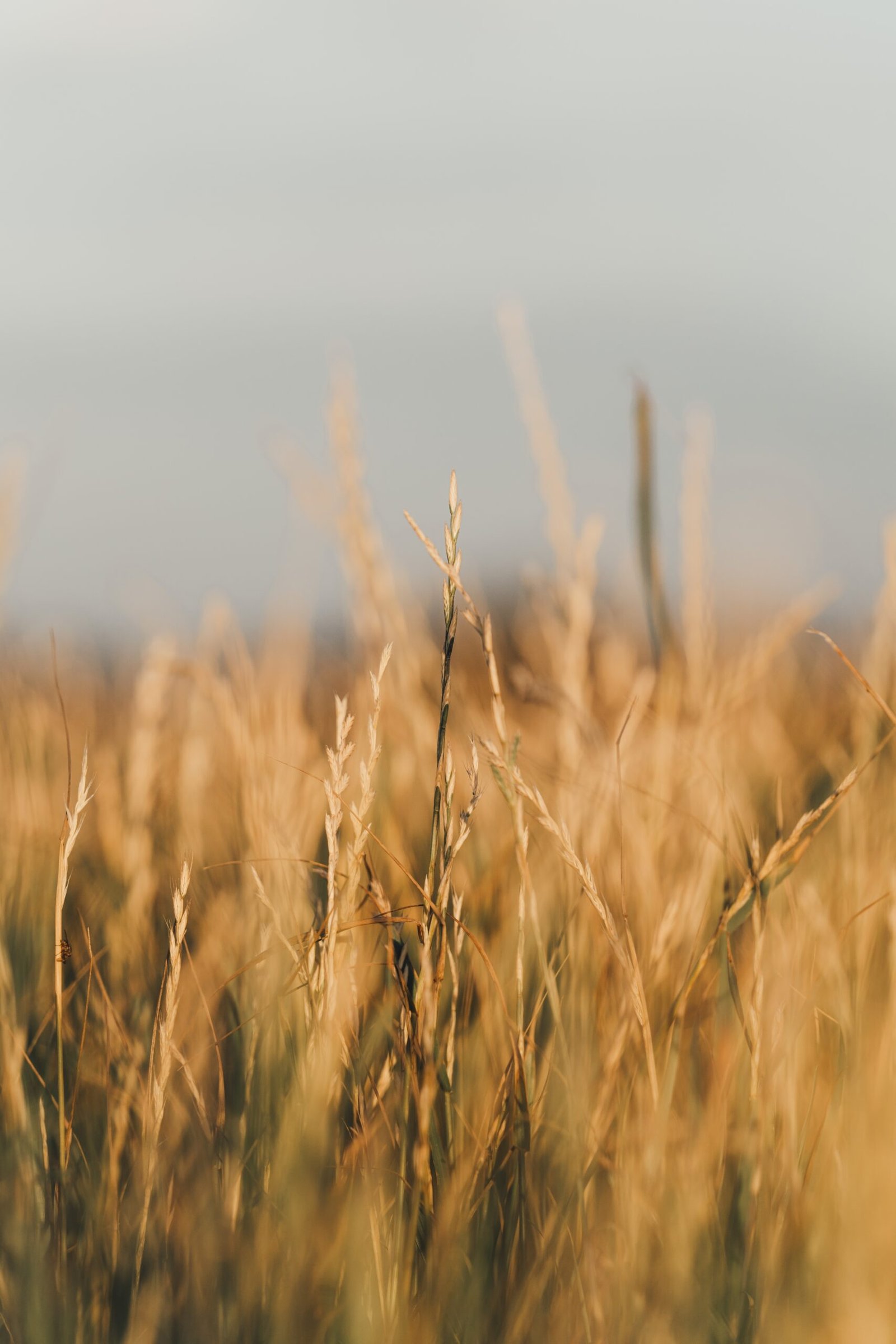Are you looking for ways to improve your health and well-being? Look no further than the world of low-oxalate grains. In this article, we will explore the benefits and versatility of incorporating low-oxalate grains into your diet. From tasty recipes to understanding the potential impact on kidney health, discover how these grains can help you on your journey to a healthier you. So, grab a cup of tea and get ready to delve into the world of low-oxalate grains!

What are Oxalates?
Definition of Oxalates
Oxalates are naturally occurring substances found in many plant-based foods. They are derived from oxalic acid and form salts or crystals known as oxalate. Oxalates are present in varying amounts in fruits, vegetables, legumes, grains, and nuts, and they serve various functions in the body.
Functions of Oxalates in the Body
While oxalates are generally considered to be anti-nutrients due to their potential negative effects, they do have some important functions in the body. One of their main roles is to bind with calcium to form calcium oxalate, which is then excreted through urine. This helps prevent the formation of calcium-based kidney stones. Oxalates also contribute to the antioxidant defense system in the body, protecting cells against damage caused by free radicals.
Potential Health Concerns with High-Oxalate Diets
Although oxalates have some beneficial functions, consuming excessively high levels can lead to health concerns. For individuals prone to kidney stone formation, a high-oxalate diet may increase the risk of developing calcium oxalate kidney stones. Moreover, oxalates can inhibit the absorption of certain minerals, such as calcium and iron, potentially leading to deficiencies if dietary intake is not properly balanced. Therefore, it is important to understand low-oxalate grains as part of a healthy diet.
Understanding Low-Oxalate Grains
Benefits of Choosing Low-Oxalate Grains
Opting for low-oxalate grains can offer several benefits for your overall health. By reducing your oxalate intake, you may lower the risk of developing kidney stones and improve the absorption of essential minerals. Low-oxalate grains also provide a valuable alternative for individuals with specific dietary needs, such as those following gluten-free, keto, low-carb, or vegan diets. Choosing low-oxalate grains allows you to diversify your diet while ensuring a healthier overall lifestyle.
Common Low-Oxalate Grains
Several grains are considered low in oxalates and can be incorporated into a low-oxalate diet. Some examples of common low-oxalate grains include quinoa, millet, buckwheat, teff, and amaranth. These grains offer a nutritious and versatile base for a variety of dishes, ranging from salads and pilafs to porridges and baking recipes. By including these low-oxalate grains in your meals, you can enjoy a wide range of flavors and textures while supporting your health.
Alternative Grains for a Low-Oxalate Diet
In addition to the common low-oxalate grains mentioned above, there are other alternative grains that can be suitable for a low-oxalate diet. Some of these include sorghum, wild rice, brown rice, and certain types of oats. Experimenting with these grains can provide even more variety to your meals and ensure you never get bored with your diet. It’s important to note that while these grains are generally low in oxalates, individual tolerances and sensitivities may vary, so it’s essential to listen to your body’s response.
Exploring Nutritional Value
Nutrient Content in Low-Oxalate Grains
Low-oxalate grains offer a wide range of essential nutrients necessary for a healthy body. They provide complex carbohydrates, dietary fiber, vitamins, minerals, and protein. These grains are often rich in B vitamins, including niacin, thiamin, and folate, which play a key role in energy metabolism and the proper functioning of the nervous system. Additionally, low-oxalate grains can be excellent sources of minerals such as magnesium, zinc, and phosphorus, which contribute to bone health, immune function, and overall well-being.
Comparison with High-Oxalate Grains
When comparing low-oxalate grains with their high-oxalate counterparts, the nutritional value may differ. High-oxalate grains, such as whole wheat and rye, can still contribute to a healthy diet if consumed in moderation. These grains are often rich in fiber and nutrients like manganese and selenium. However, for individuals seeking to reduce their oxalate intake, low-oxalate grains can provide a comparable nutritional profile while minimizing the potential risks associated with high oxalate consumption.
Enhancing Nutritional Intake with Low-Oxalate Grains
To enhance the nutritional value of your low-oxalate grain consumption, it’s essential to incorporate them into a well-balanced diet. Pairing low-oxalate grains with a variety of colorful fruits and vegetables ensures a diverse intake of vitamins, minerals, and antioxidants. Combining low-oxalate grains with lean proteins, such as poultry, fish, or legumes, can provide a complete amino acid profile. Don’t forget to include healthy fats from sources like avocados, nuts, and seeds to support nutrient absorption and maintain overall health.
Cooking and Preparing Low-Oxalate Grains
Cooking Methods for Optimal Oxalate Reduction
While some grains naturally have low oxalate levels, certain cooking methods can further reduce oxalate content. Rinsing and soaking grains before cooking can help eliminate some oxalates. Boiling and draining grains can also effectively reduce oxalate levels. It’s important to note that the discarded water should not be consumed, as it may contain oxalates. By using these cooking methods, you can minimize oxalate content and maximize the nutritional benefits of low-oxalate grains.
Soaking and Fermenting Techniques
In addition to cooking methods, soaking and fermenting low-oxalate grains can be beneficial for some individuals. These techniques can help break down compounds that interfere with nutrient absorption and digestion. Soaking grains overnight in water with added acid (such as lemon juice or vinegar) or fermented grain products like sourdough can help reduce phytates and oxalates. This can improve the bioavailability of minerals, making them easier for your body to absorb.
Combining Low-Oxalate Grains for Delicious Recipes
One of the advantages of low-oxalate grains is their versatility in various recipes. You can combine different low-oxalate grains to create delicious and nutritious dishes. For example, mixing quinoa and millet in a salad or using buckwheat and amaranth as a gluten-free flour blend for baking. By exploring different combinations and experimenting with flavors, you can enjoy a wide range of meals while reaping the benefits of low-oxalate grains.

Low-Oxalate Grains for Special Dietary Needs
Low-Oxalate Grains and Gluten-Free Diets
For individuals following a gluten-free diet, low-oxalate grains offer excellent alternatives to traditional wheat-based products. Grains like quinoa, millet, and amaranth are naturally gluten-free and can be used as substitutes in recipes that call for wheat. These low-oxalate grains provide a nutritious and flavorful option for those with gluten sensitivities or celiac disease, allowing them to enjoy a varied and satisfying diet.
Low-Oxalate Grains for Keto and Low-Carb Diets
Low-oxalate grains can also be incorporated into keto and low-carb diets, which prioritize low carbohydrate intake. Grains such as quinoa, amaranth, and wild rice have lower carbohydrate contents compared to high-oxalate grains like wheat and corn. By choosing low-oxalate grains that fit within your carbohydrate limits, you can diversify your meals while maintaining your desired level of carbohydrate restriction.
Vegan and Vegetarian-Friendly Options
Low-oxalate grains are suitable for individuals following vegan or vegetarian diets, as they provide essential nutrients without the need for animal products. These grains are excellent sources of plant-based protein, fiber, and multiple vitamins and minerals. Incorporating low-oxalate grains into vegan or vegetarian meals ensures a balanced diet and helps meet daily nutrient requirements.
Addressing Potential Allergies or Sensitivities
Common Grain Allergies to be Aware of
While low-oxalate grains offer many benefits, it’s important to be aware of common grain allergies that some individuals may have. Wheat, barley, and rye are common grains that can cause allergic reactions in susceptible people. These allergies can manifest as digestive issues, skin rashes, respiratory symptoms, or even anaphylaxis in severe cases. If you suspect a grain allergy or sensitivity, it’s best to consult with a healthcare professional for appropriate testing and guidance.
Alternatives for Grain-Free or Allergy-Safe Diets
Individuals with grain allergies or those following grain-free diets can still find suitable alternatives. Low-oxalate non-grain options like seeds (chia, flax, hemp), coconut flour, almond flour, and root vegetables (sweet potatoes, arrowroot, cassava) can be used as substitutes in recipes, allowing you to enjoy a diverse range of flavors and textures. These alternatives can provide similar functionalities and nutritional benefits while catering to specific dietary needs.
Tips for Transitioning to Low-Oxalate Grains
Transitioning to a low-oxalate diet may require some adjustments, especially if you are used to consuming high-oxalate grains regularly. Gradually incorporating low-oxalate grains into your meals allows your taste buds and digestive system to acclimate to the change. Start by replacing a portion of high-oxalate grains with low-oxalate options in your favorite recipes. Experiment with different cooking methods and flavor profiles to make the transition enjoyable and sustainable.

Tips for Incorporating Low-Oxalate Grains into Your Diet
Gradual Introduction and Portion Control
When incorporating low-oxalate grains into your diet, it’s advisable to start with smaller portions and gradually increase as tolerated. This approach allows you to monitor any potential reactions or digestive changes. It’s important to remember that portion control is essential, even with low-oxalate grains, to maintain overall balance and prevent excessive calorie intake.
Meal Planning and Recipe Adaptations
To successfully incorporate low-oxalate grains into your diet, meal planning and recipe adaptations can be helpful. Plan your meals in advance, including low-oxalate grains in a variety of dishes, such as salads, stir-fries, grain bowls, or even as a side dish. Explore recipes specifically designed for low-oxalate diets or adapt your favorite recipes by substituting high-oxalate grains with low-oxalate alternatives. This way, you can enjoy familiar flavors while reaping the benefits of low-oxalate grains.
Balancing a Varied and Nutritious Diet
While low-oxalate grains can be an excellent addition to your diet, it’s important to maintain a varied and balanced approach to nutrition. Incorporate a diverse range of fruits, vegetables, lean proteins, healthy fats, and other whole grains to ensure you are receiving a wide array of nutrients. Remember that no single food or grain can provide all the necessary nutrients your body needs, so it’s crucial to embrace a well-rounded diet for optimal health.
Consulting a Healthcare Professional
Importance of Individualized Advice
Before making significant changes to your diet, it’s important to consult with a healthcare professional, such as a registered dietitian or nutritionist. They can provide personalized advice tailored to your specific needs, taking into consideration any existing health conditions, dietary restrictions, or goals. Individualized guidance ensures you make informed choices and adjust your diet for maximum benefits.
Seeking Guidance for Specific Health Conditions
If you have specific health conditions, such as kidney stones, inflammatory bowel disease, or calcium oxalate-related disorders, consulting a healthcare professional becomes even more vital. They can evaluate your individual situation, assess associated risks, and recommend an appropriate approach to incorporating low-oxalate grains into your diet. Working collaboratively with a healthcare professional ensures you address any potential concerns and optimize your overall well-being.
Monitoring Oxalate Levels and Overall Well-being
Regularly monitoring oxalate levels through specific tests can help you understand your dietary requirements and potential responses to low-oxalate grains. Combined with tracking overall well-being, including symptoms, energy levels, and digestive health, this information can guide you in making informed decisions about your diet. Recognizing how your body responds to low-oxalate grains enables you to personalize your approach and ensure you are achieving the optimal health outcomes.
Potential Risks and Precautions
Issues to Consider with Oxalate Reduction
While reducing oxalate intake can offer significant benefits for some individuals, there are a few issues to consider. Eliminating oxalate-rich foods entirely may lead to nutrient deficiencies if alternative sources are not adequately incorporated. Additionally, abrupt changes in diet could cause digestive discomfort or other temporary side effects. Gradual adjustments and personalized guidance help mitigate these risks and ensure a safe and sustainable approach to low-oxalate diets.
Maintaining a Balanced Oxalate Intake
Balancing oxalate intake is crucial for overall health. While low-oxalate grains can be part of a balanced approach, it’s important to consider the oxalate content of other foods in your diet as well. Fruits and vegetables, although generally healthy, can be sources of oxalates. Moderation and variety in food choices help maintain a healthy oxalate intake, allowing you to enjoy the benefits of low-oxalate grains without compromising overall dietary balance.
Supplementation and Medication Interactions
If you are taking medications or supplements, it’s essential to consider potential interactions with low-oxalate grains. Some substances, like dietary calcium or vitamin C, can affect the formation and absorption of oxalates in the body. Therefore, it’s advisable to consult with your healthcare professional to discuss any possible interactions and make appropriate adjustments to your supplementation or medication regimen.
Conclusion
Final Thoughts on Low-Oxalate Grains
Incorporating low-oxalate grains into your diet can be a valuable step towards maintaining a healthier lifestyle. By reducing your oxalate intake, you can potentially lower the risk of kidney stones and improve the absorption of essential minerals. Low-oxalate grains provide versatile and delicious options for individuals with specific dietary needs, such as gluten-free, keto, low-carb, or vegan diets. Exploring various low-oxalate grains allows you to personalize your grain choices and enjoy the benefits they offer.
Personalizing Your Grain Choices
Every individual is unique, and their dietary needs may vary. It’s crucial to personalize your grain choices based on your own health goals, preferences, and sensitivities. By working with a healthcare professional and listening to your body’s response, you can make informed decisions and find the optimal balance that works for you. Personalizing your grain choices ensures you enjoy the benefits of low-oxalate grains while supporting your individual health and well-being.
Embracing a Healthier Lifestyle
Incorporating low-oxalate grains into your diet is just one piece of the puzzle when it comes to embracing a healthier lifestyle. It’s important to approach nutrition holistically, considering overall dietary patterns, regular physical activity, stress management, and other lifestyle factors. By embracing a healthier lifestyle, you can optimize your overall well-being and pave the way for long-term health and vitality. Low-oxalate grains offer a valuable tool in this journey towards a healthier you.

